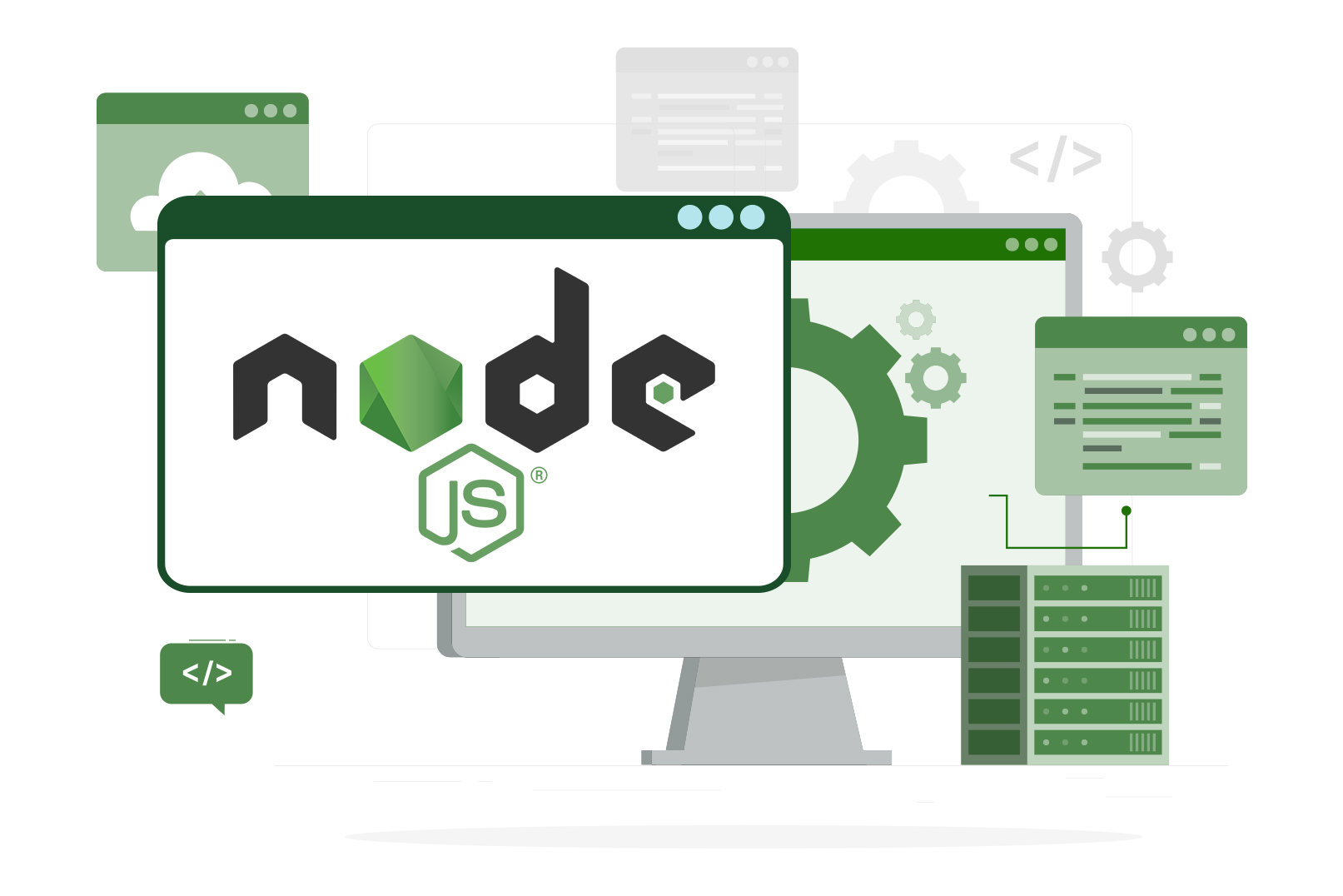Viva Resa: Your Gateway to Insightful Living
Discover news, trends, and tips for a vibrant lifestyle.
Node.js: Where Coffee Meets Code Magic
Unleash the magic of Node.js! Dive into a world where coding brilliance brews with every cup. Discover tips, tricks, and tutorials now!
Understanding the Event-Driven Architecture of Node.js
Understanding the Event-Driven Architecture of Node.js begins with recognizing how this JavaScript runtime operates asynchronously, allowing for high scalability and efficiency in handling concurrent requests. In Node.js, the event loop is a pivotal component, managing the execution of multiple tasks without the need for multiple threads. This architecture stands in contrast to traditional approaches that rely heavily on multithreading, making Node.js ideal for I/O-bound applications. By employing non-blocking I/O calls, Node.js can handle thousands of connections simultaneously, significantly improving performance and user experience.
At its core, Node.js utilizes event-driven programming, where events are emitted and listeners respond to those events. Developers can define custom behaviors by attaching event listeners to different events, promoting clean and modular code. A common example is using the EventEmitter class, which allows for creating a framework of event handling within applications. As applications grow in complexity, understanding this event-driven architecture becomes crucial for maintaining efficient and scalable systems, ensuring that developers can build responsive applications that cater to user demands.

10 Essential Node.js Modules Every Developer Should Know
Node.js has become a pivotal technology in the world of web development, and with its vast ecosystem of modules, developers can streamline their workflows and enhance application functionality. Here are 10 essential Node.js modules that every developer should know:
- Express: A minimal and flexible Node.js web application framework that provides a robust set of features for web and mobile applications.
- Axios: A promise-based HTTP client for the browser and Node.js, perfect for making HTTP requests to external APIs.
- Socket.io: A library for real-time web applications, enabling real-time, bidirectional communication between web clients and servers.
Beyond the basics, understanding additional modules can further enhance your development experience. Consider using the following:
- Mongoose: A MongoDB object modeling tool that provides a schema-based solution, simplifying the process of working with MongoDB.
- Jest: A delightful JavaScript testing framework that focuses on simplicity, making testing a seamless part of your development process.
- Chalk: A library that enables you to style your terminal string outputs with colors and styles for better readability.
How Node.js Revolutionizes Server-Side Development: Pros and Cons
Node.js has emerged as a powerhouse in the realm of server-side development, providing developers with a robust framework that leverages JavaScript to create scalable network applications. One of the most significant advantages of using Node.js is its event-driven architecture, which enables the handling of multiple connections concurrently without the need for multi-threading. This results in decreased latency and improved performance, making it an ideal choice for real-time applications such as chat apps or online gaming platforms. Furthermore, Node.js boasts a rich ecosystem of libraries and frameworks, facilitating rapid development and reducing time to market.
However, despite its many benefits, Node.js is not without its drawbacks. One major concern is the callback hell issue, which can arise from the asynchronous nature of JavaScript, leading to complex and difficult-to-maintain code. Additionally, due to its single-threaded architecture, CPU-intensive operations may cause performance bottlenecks, making it less suitable for applications that require heavy computation. As such, developers need to carefully weigh these pros and cons when deciding whether Node.js is the right choice for their server-side projects.